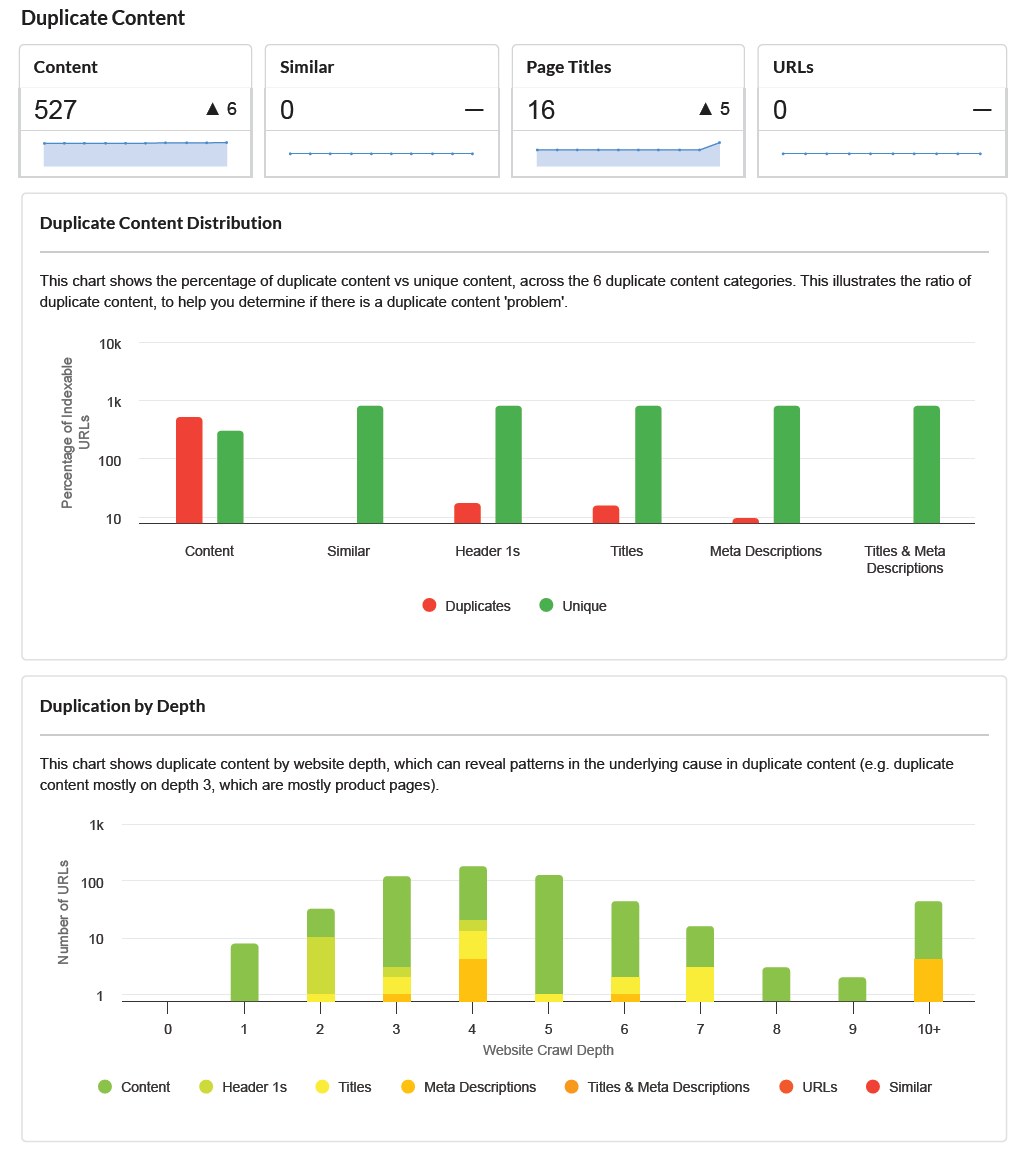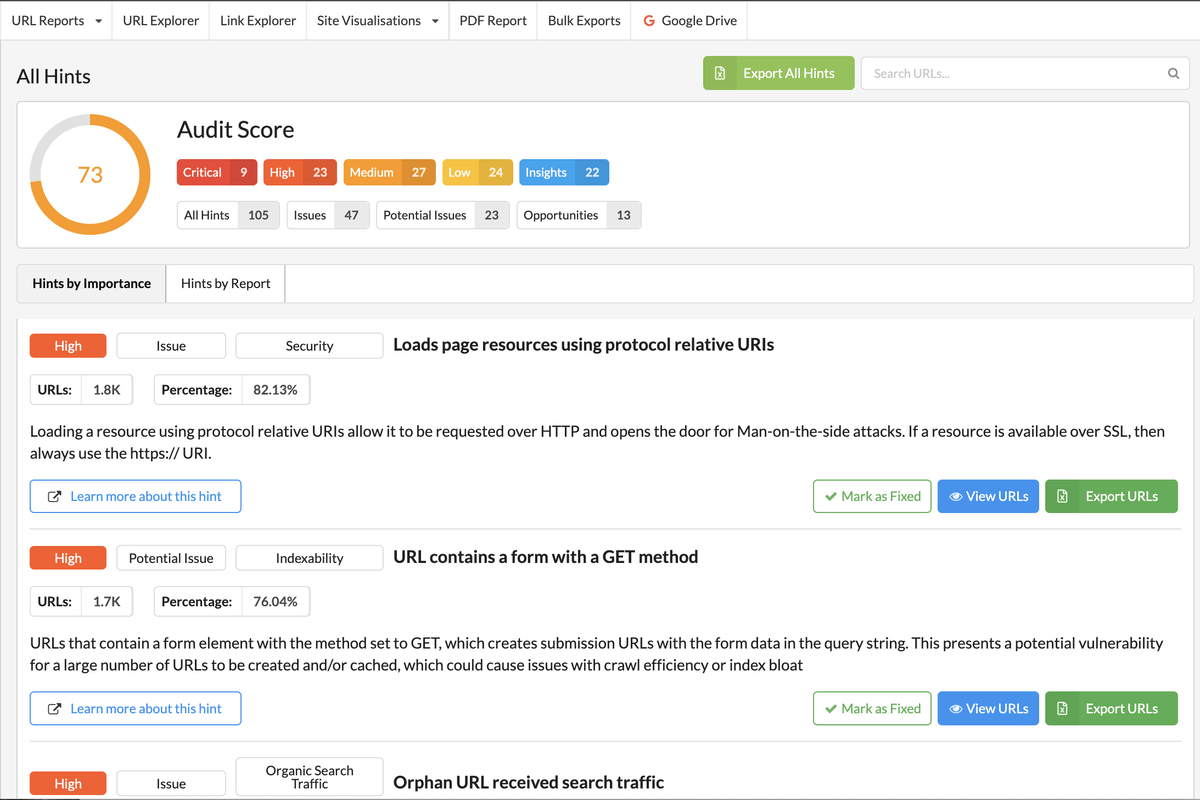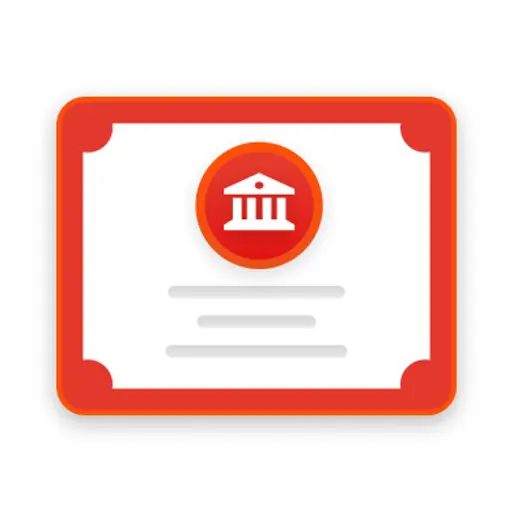This week, SEO Consultant Amanda King walks us through 3 key challenges she has encountered doing SEO for higher education institutions.
One of the most interesting verticals I’ve worked with has been universities and its faculty, because in many ways, you’re working with a number of small companies housed under the same parent — I’d imagine folks who have experience working with large media companies might have a similar experience.
The strategy is at once sprawling, needing to take into account the full picture of those 6 million organic sessions a month and the 2 million pages on the site, and flexible for other levels of granularity, accommodating faculty for different degrees with different levels of personal investment in the faculty website and other digital elements.
In education, that zero moment of truth, the online research before a decision, is the bulk of the time spent — and because university websites can be so sprawling, to a certain extent we have to treat different sections of the website almost like different websites, because the path to get to them can be so specific.
So what does this mean for SEO and creating a strategy? In this article, I’ll review what I’ve found unique about working with educational institutions and how to consider it in your SEO strategy.
Contents:
- Challenge 1: Faculties and Individual Schools
- Challenge 2: Duplicate Content
- Challenge 3: Silos Across Departments
- The Importance of Communication & Training
- Pulling Everything Together
3 Challenges in SEO for Higher Education
Challenge 1: Faculties and Individual Schools
For many universities, faculty and individual schools have their own budgets to do with what they will. At enterprise companies, this is the case for some business divisions that are allowed to work outside the standard parameters, but I’ve found this is much more common at educational institutions.
Each faculty operates as their own company, making decisions about the resources available on the website and technologies used, if they have the budget to make it happen.
This is through no fault of the centralised IT or marketing teams: imagine if you were a team of 7 looking after 10,000 staff with 30 different departments, all of whom have their own plan to attract students and a particular way they’d like to go about it. You would have to relinquish some control, then, to remain sane. Or at least I would.
What this can lead to, though, are built-for-purpose CMS, like putting a museum catalogue online and making it searchable, which might achieve one aim but fail in one criteria or another to pass muster for SEO.
I ran across a client who was creating near-infinite paginated search results, which the vendor recommended because it was “helping to index all the items in the catalogue” to the tune of about 2 million unnecessary pages, while causing an index bloat where Google had crawled but not indexed 70% of that subdomain, and considered half of it duplicate.
And yet, at the end of the day, that was a conversation I needed to put on hold, because it was proprietary software managed by a third-party vendor who was convinced they were doing the correct thing. There were a lot of other opportunities to manage the index and the crawl of the website than managing this one particular subdomain, which is an important thing to remember.
Challenge 2: Duplicate Content
As with the earlier example of third-party platforms or softwares, you will likely need to pick your battles with how and when you deal with duplicate content. There’s likely a lot of it: individual articles republished in multiple places because the professor shared it on their personal site, the research team shared it on their blog, and the department shared it on their blog.
These scenarios are amplified tenfold when working with a large and complex institution like a university.
For me, there are two major things I look at:
- The scale of the duplication
- Why it’s happening
The ‘why’ is a big research piece for me: if it’s manual — basically, if someone seems to be doing this themselves, i.e. publishing an article in multiple places, I tend to overlook it. If it’s systemic — if it’s something the University has in place to happen automatically, like publishing a course under the course catalogue year (e.g. /2024/) and the root of the course catalogue, I review and understand what it would take to stop that duplication.
Of course, investigations at an enterprise level hinge on having conversations with people who know those systems.

Challenge 3: Silos Across Departments
Similarly to the duplication across faculty, creating an SEO strategy for an educational institution often also requires conversations across internal departments. For example, undergraduate students, postgraduate students and research are usually managed by different umbrella teams within the university, and sometimes teams just kind of forget there’s a world outside their own department, and that linking to other sections of the university site more prominently may be beneficial for everyone.
When research is focussed on getting seed money and donations, and the students team is focussed on getting new undergrad students to enrol, the cross-network promotion and customer journey can easily get lost. So a big part of your job coming in as an SEO agency, consultant or fresh face in-house, is to step back and see the bigger picture.
This also means sometimes you find hideyholes for empty pages or old information, broken APIs or lorem ipsum still on the website somewhere. With the scale of university websites, you want to keep track of those 1% fixes and speak to the IT team about adding them to their backlog…yet bear in mind that 99% of the time, these fixes are not a hill to die on. You’ll want to understand the scope of the impact of the bug or issue you’re seeing, and gauge from there.

The Importance of Communication and Training
The way you consider and work with different schools or degrees and their faculty is an amplified version of working with other stakeholders. You want to speak their language, while making it clear what the benefit is for them, and you want to keep it within their realm, speaking about things like:
- The benefit of sharing (and linking to) their professor’s research or profiles on the course catalogue page
- Why it’s important to have a single source of truth for articles those professors or their students have written on the site, rather than republishing them on multiple internal platforms
- Why it’s important to recognise some of their boilerplate content on admissions and fees, etc, may need to be modified either to be entirely unique or reference the internal gold standard in the admissions section of the website
If the university you’re working with doesn’t already have an SEO 101 training in place for the staff, this is also the time to have that conversation.
Education is definitely one of those places where you want to deputise and create advocates for SEO — even if it’s just one person in the staff for that department that really gets it, it makes a difference.
Just like the internal marketing staff, you can’t be looking over their shoulder every time they make a change to their faculty website, every time they publish an article or update a page — but you can give them the training and tools to keep the benefits of SEO in mind. This is especially important when it comes to the benefit of internal linking across various related properties within the larger university website network.
Pulling everything together
As with many large websites, two of the most common opportunities with universities are around managing duplication (and therefore crawling and indexation), and hierarchical internal linking.
For example, if in the next financial year, your focus is on getting more research funding, how can you expect to do that if Google doesn’t think your research portfolio is important because it’s not widely linked within your own website? When you have a clear sense of the impact, like if only 5% of the URLs on your research subdomain have more than 2 other internal links, say, that statistic is something you can take to your internal stakeholders, show them, and use it as a way to get stuff done.
Using something like Sitebulb’s website audit tool can help you quantify how prevalent an issue is, and communicate change.
You might also like:

Sitebulb is a proud partner of Women in Tech SEO! This author is part of the WTS community. Discover all our Women in Tech SEO articles.

Amanda King has been in the SEO industry for fifteen years, has worked across countries and industries. She offers strategic consulting through her business, FLOQ, and has a self-paced business-led strategy course for SEOs looking to flex those muscles and accelerate their careers. Amanda has been focused on the product, the user and the business, incorporating data & analytics, user experience and CRO alongside SEO. Always happy to trade war stories, find her on LinkedIn for intermittently shared advice and thoughts on the industry.
Articles for every stage in your SEO journey. Jump on board.
Related Articles
 Beyond Cosine Similarity: Testing Advanced Algorithms for SEO Content Analysis
Beyond Cosine Similarity: Testing Advanced Algorithms for SEO Content Analysis
 How to Develop an SEO Strategy: What Does the Data Say?
How to Develop an SEO Strategy: What Does the Data Say?
 SEO in 2026: 17 Expert Tips & Predictions
SEO in 2026: 17 Expert Tips & Predictions
 Sitebulb Desktop
Sitebulb Desktop
Find, fix and communicate technical issues with easy visuals, in-depth insights, & prioritized recommendations across 300+ SEO issues.
- Ideal for SEO professionals, consultants & marketing agencies.
Try our fully featured 14 day trial. No credit card required.
Try Sitebulb for free Sitebulb Cloud
Sitebulb Cloud
Get all the capability of Sitebulb Desktop, accessible via your web browser. Crawl at scale without project, crawl credit, or machine limits.
- Perfect for collaboration, remote teams & extreme scale.
If you’re using another cloud crawler, you will definitely save money with Sitebulb.
Explore Sitebulb Cloud


 Amanda King
Amanda King


